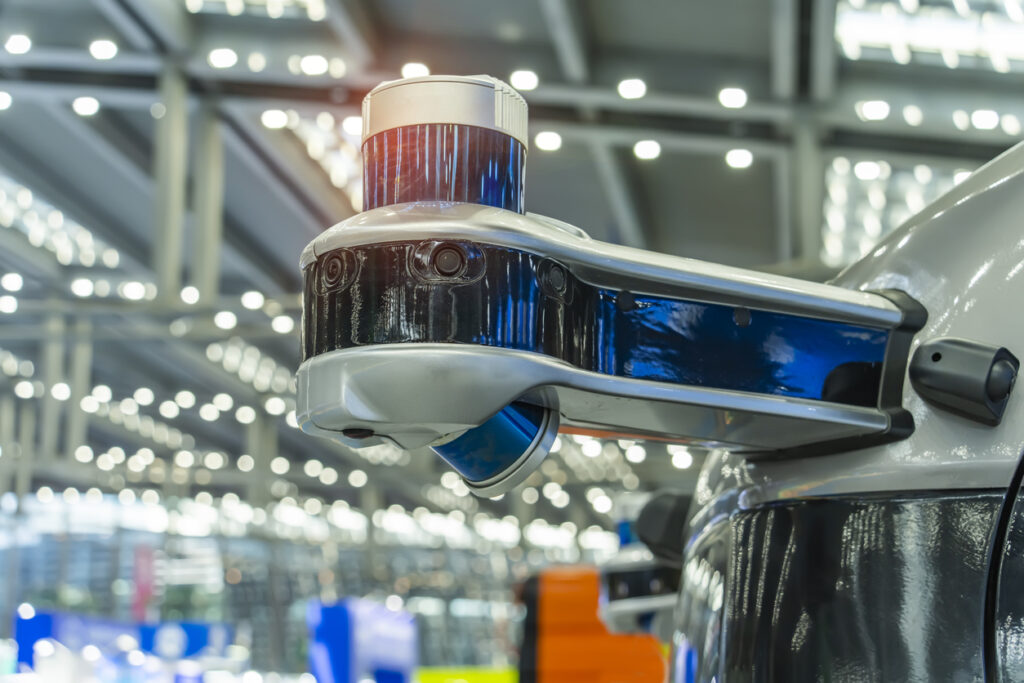Autonomous vehicles (AVs), also known as self-driving cars, are vehicles equipped with technology that allows them to navigate and operate without human intervention. These vehicles use a combination of sensors, cameras, radar, and artificial intelligence to perceive their environment and make driving decisions

Level 0 (No Automation): The driver is fully responsible for all driving tasks.
Level 1 (Driver Assistance): The vehicle can assist with one driving task (e.g., cruise control).
Level 2 (Partial Automation): The vehicle can control the steering and acceleration, but the driver must remain engaged. Level 2 features are often referred to as ADAS (Advanced Driver Assistance Systems).
Level 3 (Conditional Automation): The vehicle can perform all driving tasks under certain conditions, but the driver must be ready to take over at any moment.
Level 4 (High Automation): The vehicle can handle all driving tasks in specific environments without a human. In other conditions, driver intervention is required.
Level 5 (Full Automation): The vehicle can perform all driving tasks under all conditions without any human intervention.

Sensors: Such as LiDAR, Radar, and cameras. They help the vehicle visualize its surroundings and recognize people, other vehicles, signs, lane markings, and other objects.
Perception Algorithms: Interpret data from sensors to understand the environment.
Localization: Determines the vehicle’s precise location.
Planning and Control Algorithms: Make decisions about the vehicle’s path and control the vehicle’s movements
Safety: AVs aim to reduce human error, which is responsible for most traffic accidents.
Efficiency: AVs can improve traffic flow and reduce congestion.
Accessibility: Mobility for those who cannot drive, such as the elderly or disabled.
Equity: AVs may provide more options when integrated into public transit.
Technology: Ensuring reliable performance in diverse and unpredictable environments.
Regulation: Developing laws and standards for the safe deployment of AVs.
Public Trust: Building confidence in the safety and reliability of AV technology.
Infrastructure: Updating roadways and communication systems to support AVs.
Autonomous vehicle technology is rapidly advancing, with many companies testing AVs on public roads. While fully autonomous vehicles (Level 5) are not yet available to the public, many modern cars come equipped with advanced driver-assistance systems (ADAS) that offer Level 2 automation.

© 2025 Partners for Automated Vehicle Education.
All Rights Reserved.
© 2025 Partners for Automated Vehicle Education. All Rights Reserved.